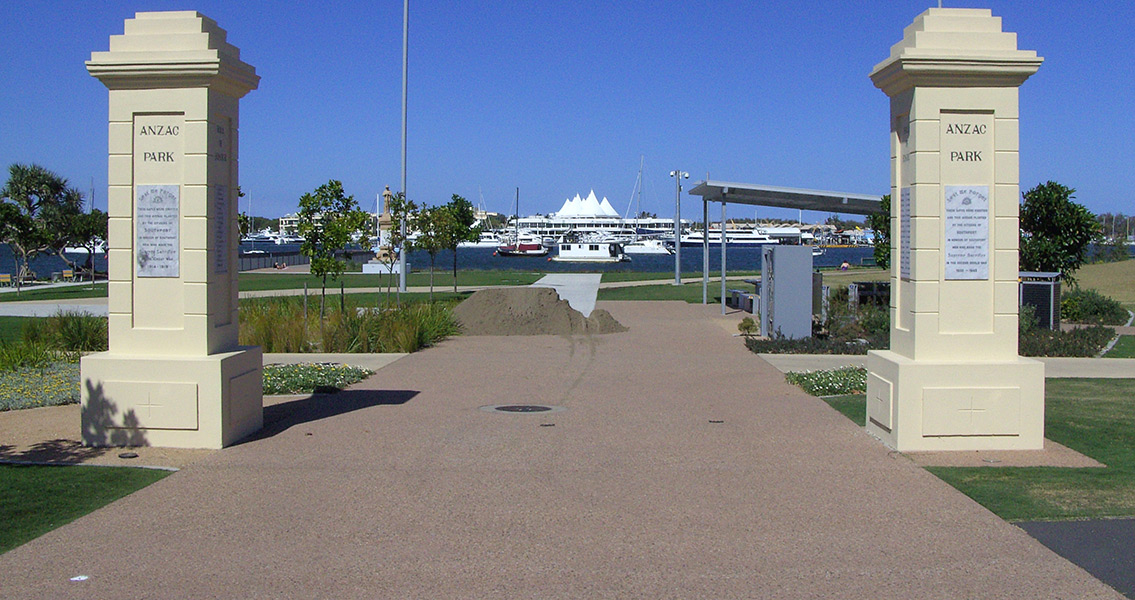<![CDATA[A series of trenches created nearly a century ago to train Australian and New Zealand soldiers before shipping them off to fight in The First World War have been re-discovered in the south of Canberra. In the Jerrabomberra Wetlands of Canberra, Anzac officers had the trenches constructed in 1916 in order to hone soldiers’ skills before being relocated to the gruesome fighting that would go on to ravage the French countryside so terribly that the scars persist even to this day. However, the trenches that were dug in Australia went largely unnoticed for nearly a hundred years until researchers from the Australian National University’s (ANU) School of Archaeology and Anthropology stepped in. According to university archaeologist Tim Denham, the search for the trench site was exhaustive, despite Australian War Memorial records that recorded the existence of the training grounds. Ground-penetrating radar and similar technological tools were used to help identify the exact location of these training trenches, which were adjacent to the Duntroon military college where the trench warfare division was stationed. The only remaining trench warfare training site left in Australia, it was used as a place “where they trained people to train others, who then built the system in the field," according to Denham in an interview with the Australian Broadcasting Corporation (ABC). Now that the location of these trenches has been uncovered, ANU archaeology students, under the watchful eye of Denham, have begun to excavate the first few surface layers of the network of of tunnels and earthworks. Both the Jerrabomberra Wetlands Management Committee and the ACT Parks and Conservation Service are assisting in the endeavor. Though the dig is still in its infancy, the ABC reports that students have already begun to stumble across hundred-year-old artifacts buried in the trenches, such as spent shotgun casings. Denham says that there are tentative plans to open the trenches to the public, once they have been fully excavated and possibly restored to how they would have looked in 1916. With the centennial of the construction of these training trenches approaching quickly, hopes are high that the project will be completed in time to commemorate the horrors of the Great War in a way that will preserve the event in time and help avoid such carnage in the future. "It's a sobering thought,” Denham said, referring to how many soldiers lost their lives in the mud and blood of the trenches of World War I, especially in comparison to how they might have felt while training in the facilities in Canberra.. “When people were here they were probably optimistic about the new trench designs and how they'd go in the field," the archaeologist remarked, only to have that optimism burned from them in moments when faced with the realities of trench fighting. The fact that so few returned from that cataclysmic conflict will hopefully be felt in the chill and the damp of those reconstructed earthworks while they’re roamed by modern visitors in the future. Image courtesy of Wikimedia Commons user: Peter Ellis]]>
Trenches for Australian Soldiers Discovered in Canberra
